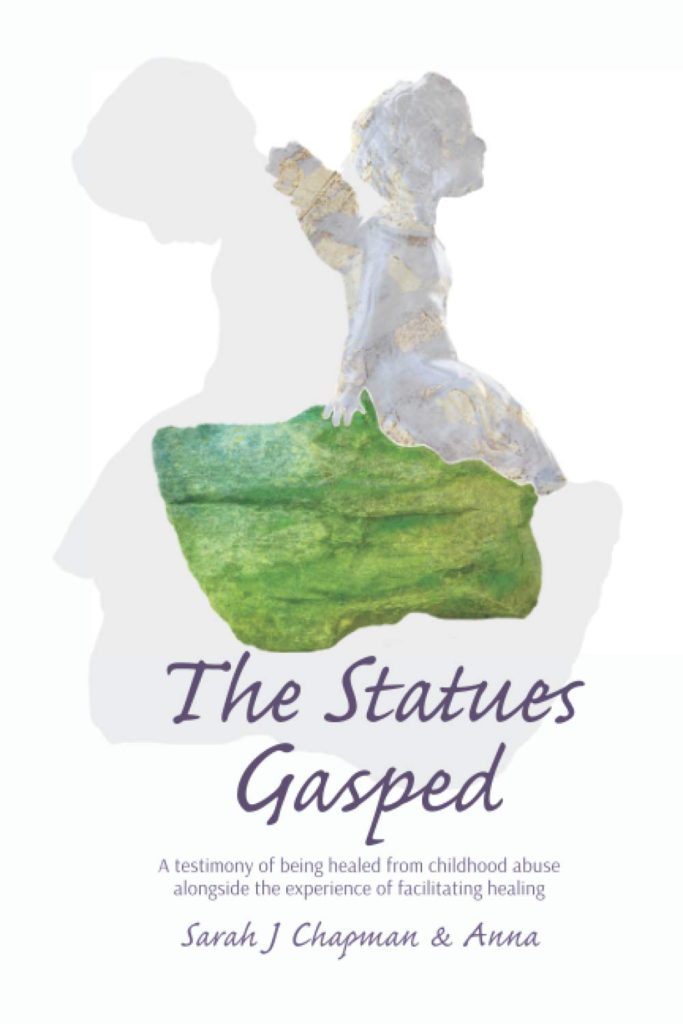
The transition from the old system of Consistory Courts in the Church of England to the supposedly more streamlined Clergy Discipline Measure in 2006 was supposed to bring greater simplicity. The earlier system, used for disciplining erring clergy, had only operated in a few cases in recent years. Speaking generally, these cases were cumbersome and incredibly expensive to organise. In effect it was proving impossible to hold offending clergy to account. The clergy had also been protected by freehold privileges in addition to the complexity of the old processes. Unless they were found guilty of an offence judged criminal by the civil authorities, the clergy were almost immune from any checks to their behaviour.
The CDM which came into active operation in 2006 provided for a streamlining of the old system. One of the main changes that came into the system was in the way that it allowed anyone, layperson up to a bishop, to take out a CDM claim against a clergyman/woman. Obviously, some cases against the local Vicar were going to be trivial and the Measure anticipated this. Complaints about changing the hymn book could be filtered out at an early stage and most minor grumbles were not allowed to proceed very far. Theoretically it was only the most serious complaints that reached the attention of archdeacons, lawyers and the Diocesan Bishop. Among the most serious complaints are those which involved accusations of serious safeguarding offences. These might be referred via the Diocesan Safeguarding Adviser (DSA) to the attention of the National Safeguarding Team. They could then appoint a Core Group to look at the case and make recommendations. Penalties could range from a rebuke to a suspension for an unlimited period. In 2021 we are awaiting a new revision to the CDM. What has gone wrong? The complaints I list here are partly recording what I have heard personally, and partly reflecting the results of research done by the Sheldon Community in Devon. They have collected many of the most appalling horror stories of lives ruined by false accusations and terrible delays in process for those accused.
My own complaints about the CDM process fall into four sections.
1 Unequal process across the country. There is a ‘postcode lottery’, it would appear. Some dioceses have excellent DSAs and compassionate bishops who have equal regard for justice and the well-being of both the accused and the survivor. Although DSAs are not expected to take on a pastoral role, they are sometimes the only person in a safeguarding scenario who can show the slightest bit of real caring. The others involved, archdeacons, lawyers and communications people seem often only interested in the detailed protocol of the process. That process does not speak of care for the abused or other damaged people. Where there is no attempt at caring, either for the accused or survivor, we find a process that can be, at worst, utterly soul-destroying and toxic.
2 Apparent failures to distinguish the serious from the less serious offences. Clergy from time to time make what can be seen as genuine mistakes. By a mistake I am referring to one-off action which is done in moment of thoughtlessness or because of stress. These mistakes are the sort of actions that are regretted almost immediately after they are done. I want to identify clearly that there are slip-ups of words used in anger or decisions connected with money that are immediately regretted. As an example of the latter, a Vicar might ‘lend’ church money to a feckless person who fails to pay it back. He might use upsetting language in front of a child. The question that has to be asked in every case is whether there is a pattern of behaviour being demonstrated. The word ‘risk’, from a common-sense interpretation, really only applies to actions that are likely to be repeated. Many forms of bad behaviour involve repetition and such repetition is suggestive of what we must refer to as addictive behaviour. Some compulsive forms of behaviour which may involve alcohol, pornography, sex or gambling are likely to require a serious professional response. It is right and appropriate to use the word ‘risk’ in speaking about these kinds of actions. With sex offences, it is likely that there is a pattern of repeated behaviour perhaps lasting several years. The offender may also have found some dubious theological or psychological ways of rationalising this behaviour. Such a scenario is extremely dangerous. In any event, assessments of risk are best made by specialists. When the word is used loosely or inappropriately, it ceases to have any meaning or protect anyone. We have seen the absurdity of applying the word risk to Dean Percy from the evidence that is in the public domain. The allegation against him refers to a single episode, not a pattern of behaviour that would suggest risk of harm to people in general.
3 The third observation about CDMs I have made is how often we seem to encounter a block in establishing the truth of what actually happened. The people involved, not necessarily the perpetrators and their supporters, seem often to have blank memories. One of the most distressing things for a survivor is to pluck up courage to disclose abuse to a senior member of the Church, only to find later the said bishop or archdeacon claims to have no memory of the conversation. The words ‘I have no recollection or memory of that’ are cruel and devastating for the survivor. Abuse amnesia, which I can call it, is also common among whole swathes of church people who belong to particular networks. Keith Makin has approached many people who might have had memories of John Smyth. Hardly anyone came forward of their own volition. The same widespread amnesia seems to apply to those who know Jonathan Fletcher. Abuse amnesia is common in the world known to survivors and we need to give it its proper description which is lying. To claim not to know when you do know is straightforward deceit. The Percy case, even before it got to the first CDM against him, had already involved lies and the manipulation of records. Fortunately, the assessor Andrew Smith spotted the lies and named them and the individuals responsible for them. One would have hoped that certain witnesses, after being named as distorters of truth, would have been questioned rather more carefully in subsequent investigations. Certainly, in a court of law, a barrister, seeking to establish truth by the age-old process of cross examination, would want to draw attention to past lies. This would help a jury assess the likelihood of whether truth is now being told or not. The witness statements in the Christ Church case have not been examined forensically. I am told that there are a number of glaring inconsistencies which have not yet been challenged. Lies and the supressing of truth seems to infect CDM processes in many instances that I know of. The problem is made worse by protocols that deny a survivor or accused person a place on the Core Group which is responsible for examining the case..
4 The fourth area of disquiet is the selectivity of cases. The fact that that the Bishop of Lincoln and Archbishop Carey were given instant suspensions and their cases leaked to the press, all within the same 24 hours, suggests a political process at work. Why them? Why do we not hear about other CDMs launched against bishops and even Archbishops? I know of at least four. The claim that CDMs and Core Groups have been used as weapons against individuals who are expendable is highly plausible. Dean Percy has been a gadfly to conservative theologians for a long time and has made enemies. Given the record of the Church choosing which CDMs to ‘big-up’, it is hardly surprising for us to suggest that some political process is at work in his case. The behaviour of his own Bishop has also not suggested discretion and even-handedness in the way the case has been dealt with. Indeed the opposite.
There is a lot more to say about CDMs and some of it has been set-out in earlier blogs. The main conclusion I have to make is that the Church of England, in its desire to possess an independent legal structure, has created a monster which now seems out of control. There are too few ordinary people prepared to be part of these processes, so the same highly paid lawyers play an over-prominent role in maintaining the structure. Dean Percy faces the same firm of lawyers working for the Church and his College. Is it surprising that there are numerous conflicts of interest in his case and no doubt in others? Who are the ordinary people sitting on Core Groups, making crucial decisions about a person’s livelihood and future? Are they allowed to speak up for common-sense and justice, or are they swept along by legal processes which tend to be biased towards the institution rather than the individual? The short conclusion of this blog post is that the CDM process and the exercise of the internal legal protocols by the Church of England has done a great deal to undermine the reputation of the Church. Systems of justice that harm abuse survivors and others who challenge the status quo of the institution, will eventually be called out by those who look on. The CDM, which began as an attempt to upgrade the old discipline process for the clergy, has become something that may destroy the whole institution.









